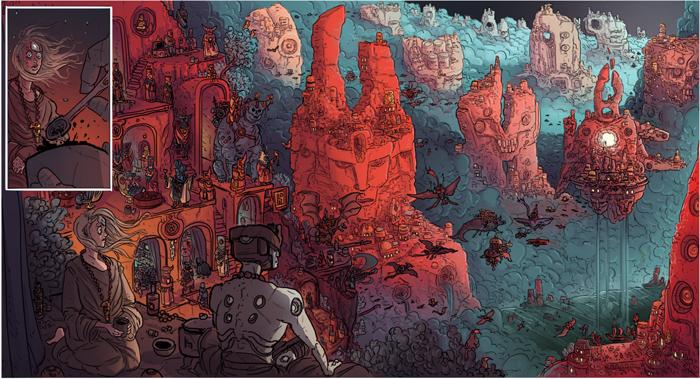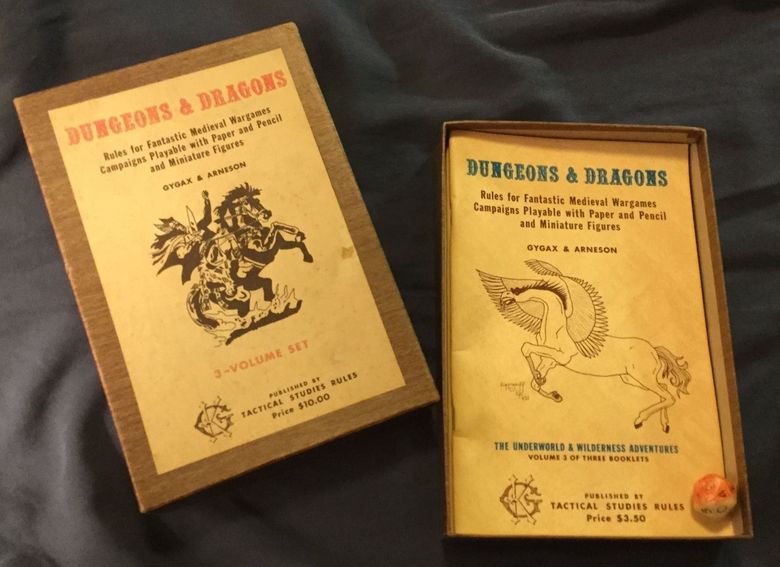Grimdark Magazine 9 Now Available
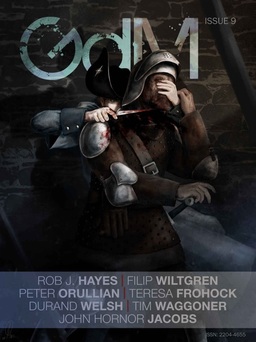 Over at Tangent Online, reviewer Kevin P Hallett demonstrates a knack for producing tantalizing three-sentence descriptions for each of the original pieces in the latest issue of Grimdark magazine.
Over at Tangent Online, reviewer Kevin P Hallett demonstrates a knack for producing tantalizing three-sentence descriptions for each of the original pieces in the latest issue of Grimdark magazine.
“The Law of the Harvest” by Tim Waggoner
This horror fantasy short story is set in a world where the new power has expelled the old gods from the Dominion. Torvan is a harrower, sworn to find and kill any of these fallen gods that still live. He enters a poor village, where one of the Fallen is living off the people who scratch out a life there…
“The Bed of the Crimson King” by Filip Wiltgren
The Crimson King rose from a simple farm boy to become the hero who defeated the witches in this short fantasy. Now, in his elder years, he yearns for the simpler life of his youth. But a surviving witch is planning her revenge…
“Pre-emptive Revenge” by Rob J. Hayes
“Pre-emptive Revenge” is a short fantasy set in a medieval land. Betrim’s wife will rule this land; but first, all the members of the ruling Jogaren clan must die. Betrim has laid siege to a city and trapped a Jogaren family inside…
The issue also has fiction by Peter Orullian and Teresa Frohock.
The latest issue went on sale October 1. Here’s the complete Table of Contents.
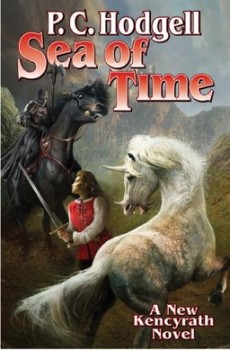
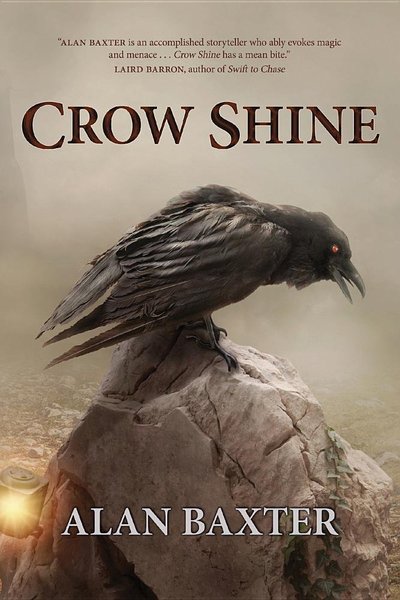
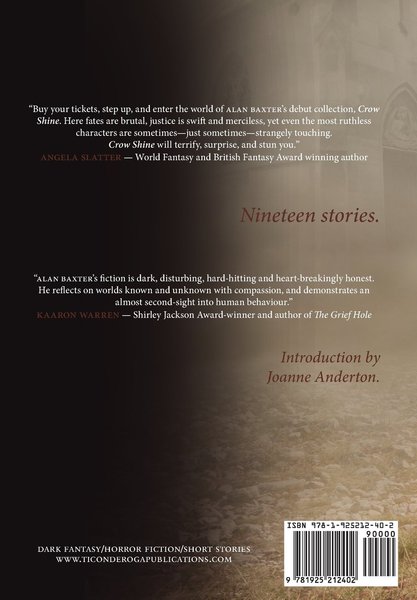
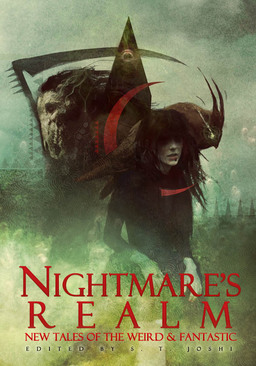

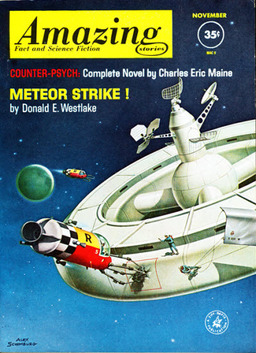
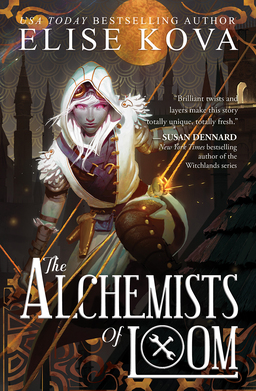
 Lately I’ve been looking at adaptations, both novel-to-movie, and novel or movie to TV series. I been talking about them in terms of what I thought was successfully done, and occasionally pointed at my favourites. In their comments people observed that while they agreed, for the most part, with my suggestions, they had suggestions of their own. All of us had to admit, however, that we were sometimes unfamiliar with either the source work, or the adaptation, or even both.
Lately I’ve been looking at adaptations, both novel-to-movie, and novel or movie to TV series. I been talking about them in terms of what I thought was successfully done, and occasionally pointed at my favourites. In their comments people observed that while they agreed, for the most part, with my suggestions, they had suggestions of their own. All of us had to admit, however, that we were sometimes unfamiliar with either the source work, or the adaptation, or even both.